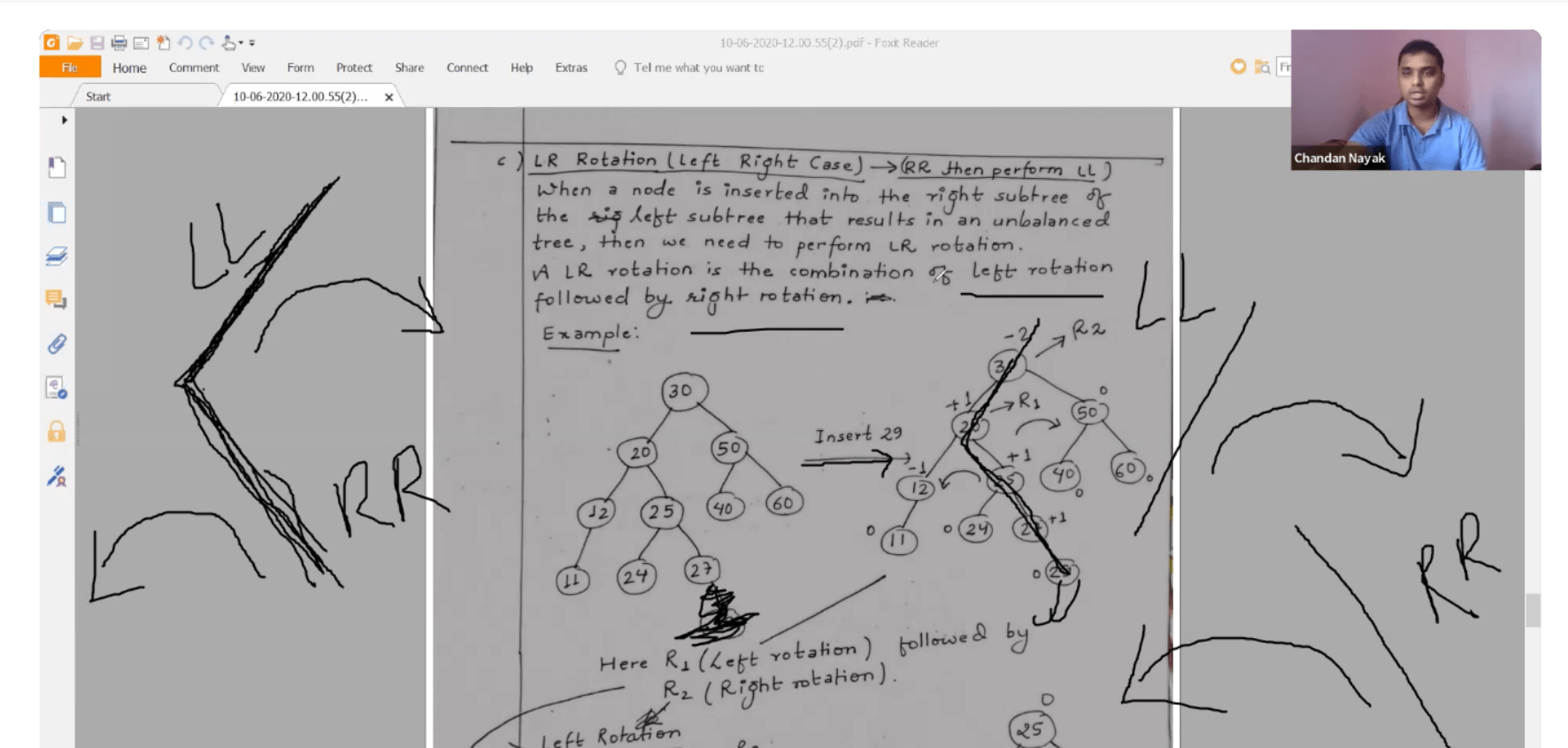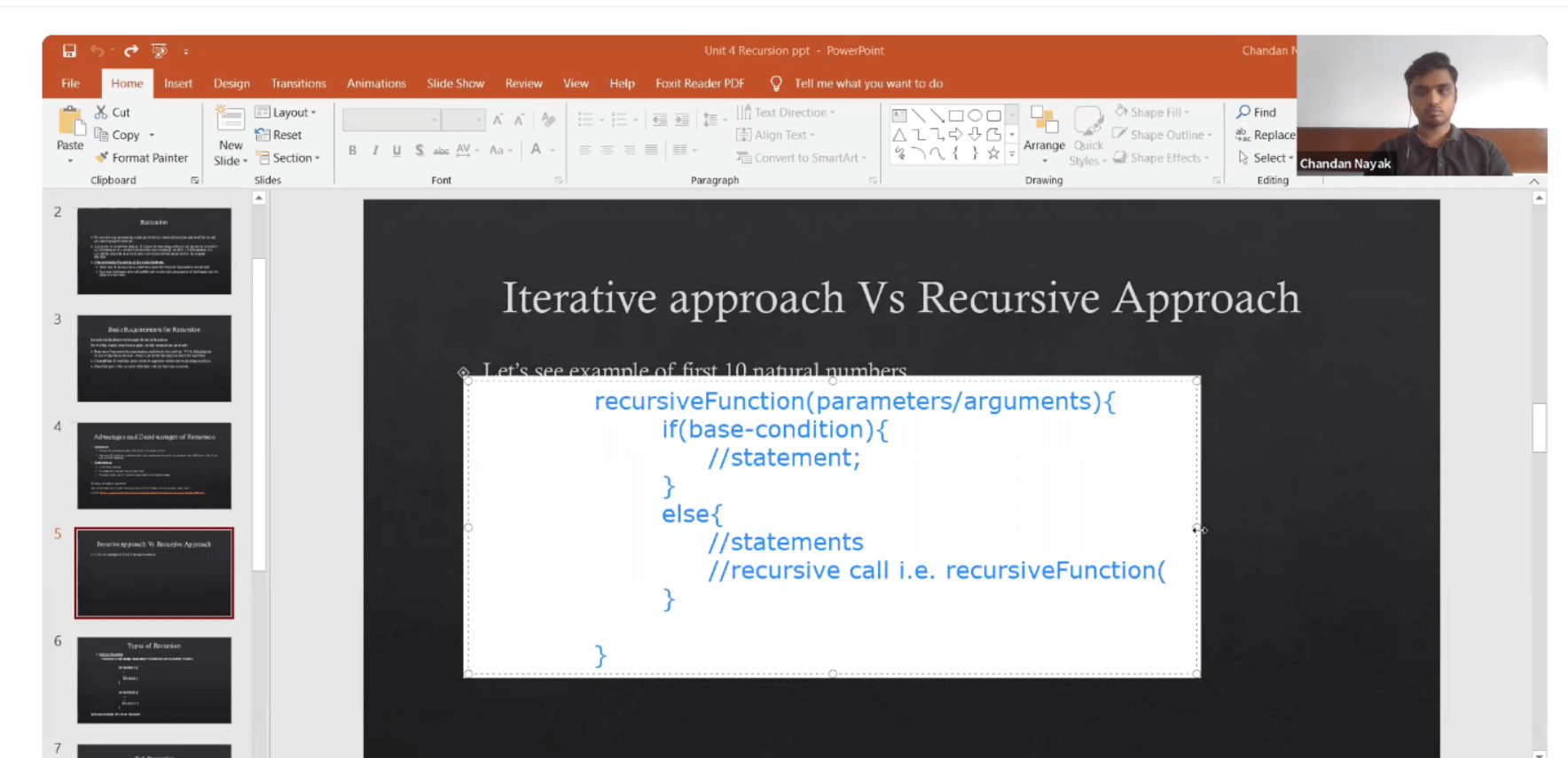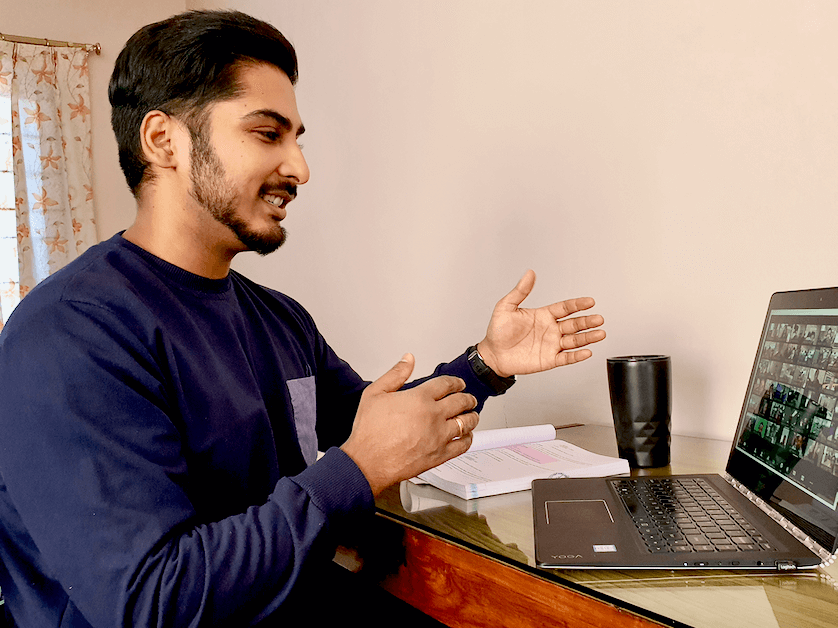Online learning is taking its full stride and teachers across the globe have been discovering some of the challenges, especially with creating online coursework. We interviewed 3 Nepali teachers on how they are creating content online. Chandan Nayak, teaches 2nd year undergrads at Thames International College, Pramish Mainali, teaches 9th and 10th grade at Swarnim School, and Basanta Blown, teaches grades 11 and 12 at KIST College. Let’s find out the tips and tactics they use when creating content for students and make the online learning process engaging!
“In online education, the process is lengthy. I have to prepare online content for every class and it utilizes most of my time.” – Basanta Blown
Each teacher presented different ways to keep material engaging to maintain a successful online classroom. All agree that a simple one hour lecture was not going to be the most effective for classes. Articles, videos, and diagrams are shared with students to help change things up but they also prefer making their own content. All agreed that most of their time is spent preparing and creating content. Mr. Nayak, teaches Java Programming and Data Structure and wants to give engaging and authentic content to his students. Using different tools has helped teachers save more time when creating content. Initially understanding how to use the tools takes time to learn about but saves more time in the long run! These teachers have been given the opportunity to examine their course material, adapt it to students’ learning needs, and make content more exciting in ways they never imagined before.

“Using animated features to show pictures and text one by one has made it way more fun to teach and hopefully to learn from students’ perspective as well.” – Pramish Mainali
To make teaching more effective all 3 teachers commonly use Microsoft Powerpoint, Word, and Excel and recommend using keyboard shortcuts to save time. Mr. Mainali likes giving quizzes in his Health & Population and Science courses and uses Quizizz, Mentimeter, and Fuse Classroom. He also enjoys making course videos and uses a video editing app called Inshot. Mr. Nayak and Mr. Mainali have been able to help other teachers use these tools who aren’t as tech savvy and collaborate on the best ways to make online learning fun for students.
“The intent of teaching itself is to make students understand a concept with as much ease as possible.” – Pramish Mainali
It can be difficult for students to stay engaged for a long period of time especially when they are in the comfort of their homes. Mr. Nayak explained the way he breaks up long hours of lessons with various activities. He frequently provides students with pop quizzes and engages in conversation with them. During live class sessions on Zoom, Mr. Mainali also gives pop quizzes with points that add to students’ overall grade as extra motivation. Mr. Blown mentioned he organizes class discussions for his Accountancy class so students can gather a deeper understanding of the material.
”The traditional means of assessments, discussion patterns, and motivating factors need to be reworked with a new and evolved learning-teaching process.” – Chandan Nayak

Aside from discovering new tools and tactics, these teachers have also used Fuse Classroom to make online teaching easier. Through one holistic platform teachers can upload their content and lead classes directly through the Zoom integrated platform. Mr. Nayak mentions it’s easy to grade papers, upload assignments, take attendance, analyze students’ performance among many others through Fuse Classroom.
“I think it was a new experience for all and we are learning.” – Basanta Blown
The possibilities of online learning grow daily with new technologies, strategies, and applications. Creating content online plays a vital role in online education and definitely requires dedication and patience but these teachers have found ways to make it effective for themselves and their classrooms.

